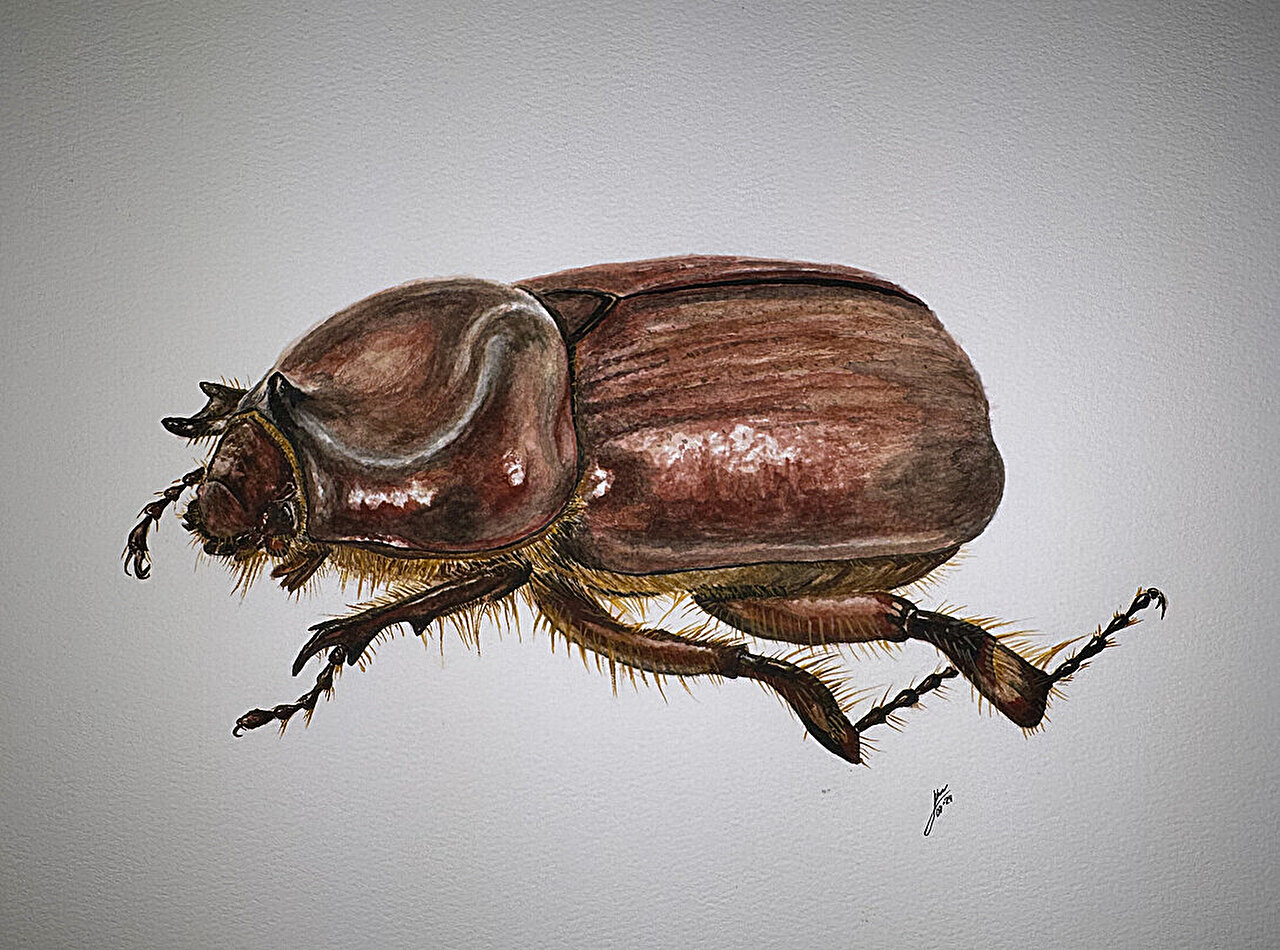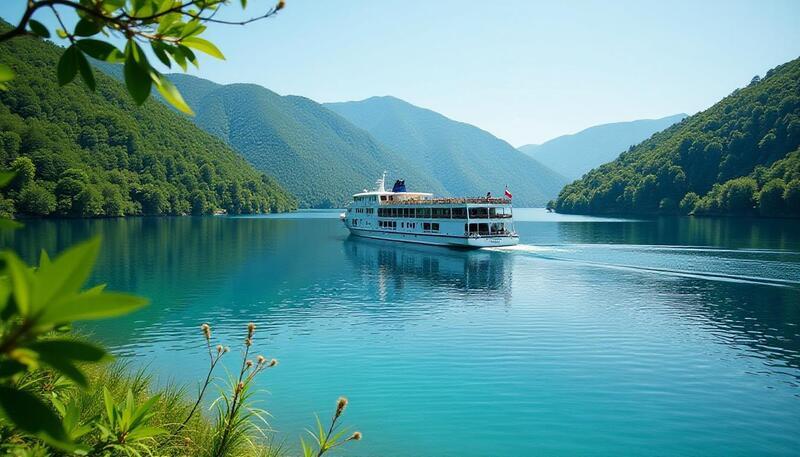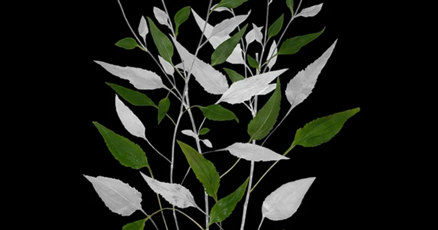Palmira Miro Gutierrez: Reviving Wet-Plate Collodion Photography
In the vibrant city of Tucson, Arizona, a tale of artistic revival unfolds as Palmira Miro Gutierrez, a seasoned photographer, breathes new life into the historic art of wet-plate collodion photography. This mid-1800s technique, known for producing monochromatic images with imperfect edges and profound expressions, finds a contemporary home in Gutierrez’s dedicated hands.
Collodion Photography: A Historical Perspective
The wet-plate collodion process is a relic of photography’s nascent years, a complex technique involving several meticulous steps. It begins with coating a tin plate with collodion, a flammable and quick-drying solution, before making it light-sensitive through a silver nitrate bath. The plate is then exposed in a camera and developed in a darkroom, culminating in a distinctive image that is sealed with varnish for preservation.
Since Gutierrez learned this method through the Western Photographic Historical Society, they have skillfully employed it, producing around 100 wet-plate photos with vintage cameras from the early 1900s and 1950s. The result is a collection of images steeped in history, each bearing the signature imperfections and serious expressions characteristic of this photographic technique.
Portraits of Reality and Raw Beauty
Gutierrez’s work transcends the conventional picturesque scenes often associated with photography. They are particularly drawn to industrial landscapes and graffiti, influenced by their photography roots in Detroit, Michigan. However, their primary focus is portraiture. Here, they aim to capture the raw beauty of their subjects, weaving compelling narratives through their lens. Gutierrez’s portrait sessions are thorough, involving mood boards and multiple tin-type photos, each telling a unique story.
Photography as an Expression of Identity
Beyond being a creative outlet, Gutierrez’s work serves as a tangible, concrete expression of their identity. It mirrors their journey from a strict upbringing in a traditional Mexican household, through struggles with substance abuse, to embracing their queer heritage. The images they capture are deeply personal, often featuring friends whose stories resonate with their own. As Gutierrez continues to seek inspiration from their community and the desert, they are planning to showcase their wet-plate photographs in an upcoming show focused on intimacy and sensuality.
With an unyielding commitment to their art, Gutierrez is also exploring opportunities to apply for residencies and grants. Their work, a modern testament to a historical photographic technique, continues to reflect reality and raw beauty, offering a unique perspective on the world around us.





